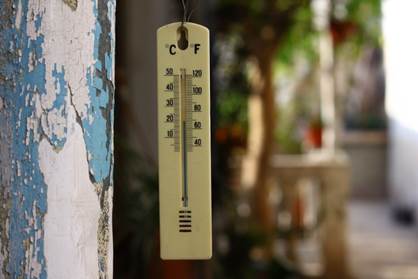As the Thermostat Goes Up, COPD Symptoms May Worsen
A recent study, published in the Annals of the American Thoracic Society, revealed that chronic obstructive pulmonary disease (COPD) symptoms worsen when individuals are exposed to high indoor temperatures and air pollutants.
 In the study, “Respiratory Effects of Indoor Heat and the Interaction with Air Pollution in COPD,” conducted by Meredith C. McCormack, MD, MHS, along with her John Hopkins University colleagues, 69 participants with moderate to severe COPD were analyzed throughout the hottest recorded days of the year.
In the study, “Respiratory Effects of Indoor Heat and the Interaction with Air Pollution in COPD,” conducted by Meredith C. McCormack, MD, MHS, along with her John Hopkins University colleagues, 69 participants with moderate to severe COPD were analyzed throughout the hottest recorded days of the year.
A daily questionnaire was provided to participants that included the Breathlessness, Cough, and Sputum Scale (BCSS), “which provides a standardized rating of respiratory symptoms.” Lung function was analyzed through daily spirometry. Participants also documented their use of rescue inhalers.
Based on the questionnaire results, researchers discovered that “participants spent the overwhelming majority of their time indoors and that BCSS scores worsened with rising indoor temperatures and the use of rescue inhalers also increased. Additionally, the “effects of higher indoor temperatures were experienced immediately and continued for one to two days and although 86 percent of participants lived in a home with some form of air conditioning, they did not turn it on during 37 percent of study days.”
McCormack believes that rising temperatures attributed to global warming will provide healthcare professionals with “an opportunity for targeted interventions and policy makers with the need to develop mitigation strategies to protect those most vulnerable to heat.”
"Given that participants spent an overwhelming majority of their time indoors, which we believe is representative of patients with COPD generally, optimizing indoor climate and reducing indoor pollution represents a potential avenue for improving health outcomes," said McCormack.

